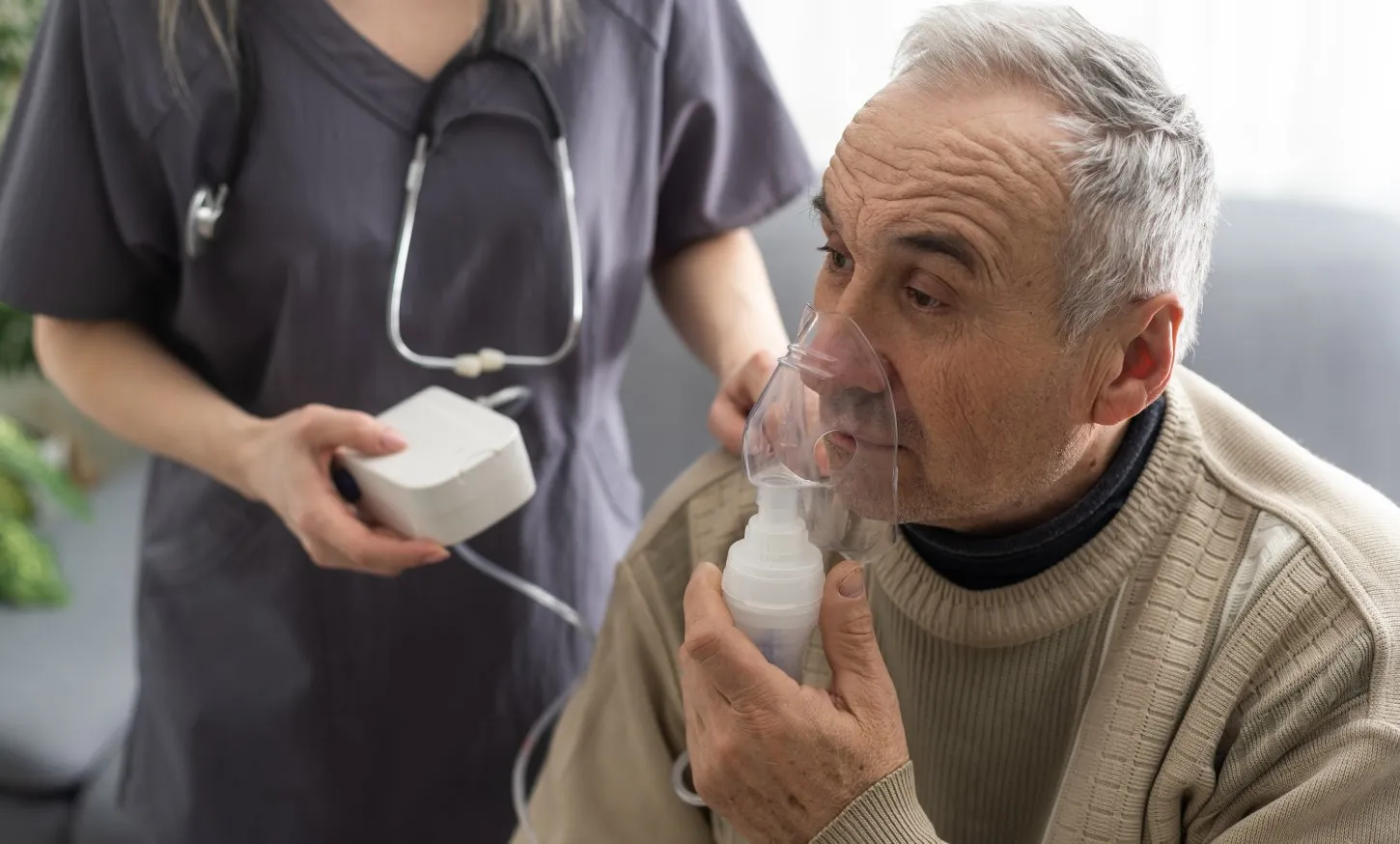Managing Chronic Respiratory Conditions: A Guide to Living Well with Asthma, COPD, and More

Breathing is something most of us take for granted—until it becomes difficult. For millions of people worldwide, chronic respiratory conditions like asthma, chronic obstructive pulmonary disease (COPD), and bronchitis are daily challenges. But with the right strategies, tools, and mindset, individuals can manage these conditions effectively and enjoy a full, active life.
This article provides a practical guide for understanding, managing, and living well with chronic respiratory diseases.
Understanding Common Chronic Respiratory Conditions
Chronic respiratory diseases are long-term conditions that affect the lungs and airways. The most common include:
1. Asthma
A condition in which airways become inflamed and narrow, often triggered by allergens, exercise, or stress.
2. Chronic Obstructive Pulmonary Disease (COPD)
A group of diseases—primarily emphysema and chronic bronchitis—that cause airflow blockage and breathing-related problems.
3. Chronic Bronchitis
A form of COPD characterized by a persistent cough and mucus production for at least three months in two consecutive years.
4. Emphysema
A condition that involves damage to the alveoli (air sacs in the lungs), leading to shortness of breath.
5. Pulmonary Fibrosis
A disease where lung tissue becomes damaged and scarred, making it hard to breathe.
Signs and Symptoms to Watch For
Understanding the warning signs can help with early diagnosis and better control:
- Chronic cough
- Wheezing
- Shortness of breath
- Chest tightness
- Fatigue
- Frequent respiratory infections
- Excess mucus production
If these symptoms persist, seek medical attention for proper evaluation and testing (like spirometry or imaging).
Medical Management: Treatment Options That Work
Effective treatment is the foundation of respiratory disease management. Depending on the condition, your doctor may recommend:
🔹 Inhalers and Bronchodilators
These help open up the airways and ease breathing, especially during asthma or COPD flare-ups.
🔹 Steroids (inhaled or oral)
Used to reduce inflammation in the lungs.
🔹 Oxygen Therapy
For individuals with advanced COPD or emphysema, supplemental oxygen may improve quality of life.
🔹 Pulmonary Rehabilitation
A supervised program of exercise, education, and support designed to help you breathe easier and live better.
🔹 Antibiotics
Used to treat respiratory infections that can worsen chronic lung conditions.
Lifestyle Tips for Better Respiratory Health
Lifestyle changes can significantly impact the course of chronic respiratory conditions.
✅ 1. Quit Smoking
The single most important step in managing COPD and preventing further lung damage.
✅ 2. Avoid Triggers
Identify and stay away from environmental irritants like:
- Air pollution
- Pollen
- Pet dander
- Cold air
- Strong odors or fumes
✅ 3. Maintain a Healthy Diet
A balanced diet rich in antioxidants, lean protein, and fruits and vegetables helps fight inflammation and supports immune health.
✅ 4. Stay Hydrated
Water helps thin mucus in the lungs, making it easier to clear from your airways.
✅ 5. Get Vaccinated
Prevent respiratory infections by staying up to date on flu, pneumonia, and COVID-19 vaccines.
Home Strategies for Managing Chronic Lung Conditions
🏠 1. Improve Indoor Air Quality
- Use air purifiers
- Avoid harsh cleaning chemicals
- Keep your living space dust-free
🧘 2. Breathing Exercises
Techniques like pursed-lip breathing and diaphragmatic breathing can increase lung efficiency and reduce breathlessness.
💪 3. Stay Active
Gentle exercises such as walking, swimming, or yoga help maintain lung function and overall fitness.
Mental and Emotional Support
Living with a chronic respiratory condition can be emotionally taxing. Don’t hesitate to:
- Join support groups (online or in-person)
- Talk to a mental health professional if anxiety or depression sets in
- Educate your loved ones so they understand how to support you
When to Call Your Doctor
Seek medical attention if you experience:
- Sudden shortness of breath
- Chest pain
- Blue lips or fingers
- High fever
- Worsening cough or mucus
These could signal a serious infection or exacerbation that needs urgent care.
FAQs About Chronic Respiratory Condition Management
1. Can chronic respiratory conditions be cured?
Most chronic conditions like COPD or asthma can’t be cured, but they can be managed effectively with treatment and lifestyle changes.
2. How often should I see a pulmonologist?
It depends on your condition’s severity, but regular checkups (every 3–6 months) help monitor progress and adjust treatment as needed.
3. Are breathing exercises effective?
Yes, techniques like pursed-lip and diaphragmatic breathing improve lung function and reduce breathlessness.
4. Can diet affect lung health?
Absolutely. A diet high in antioxidants and low in processed foods can reduce inflammation and support overall respiratory health.
5. Is it safe to exercise with a chronic lung condition?
Yes—with your doctor’s guidance. Moderate physical activity improves endurance and helps you breathe more efficiently.
6. How can I prevent flare-ups?
Avoid known triggers, take medications as prescribed, and seek prompt treatment for any respiratory infections.
7. What are the benefits of pulmonary rehabilitation?
It improves lung function, reduces symptoms, boosts confidence, and enhances quality of life.
8. Does weather affect respiratory symptoms?
Yes. Cold air, humidity, and pollution can worsen symptoms. Dress appropriately and stay indoors when conditions are severe.
Conclusion
While chronic respiratory diseases present ongoing challenges, they don’t have to limit your life. With consistent medical care, healthy lifestyle habits, and supportive resources, it’s entirely possible to breathe better, feel stronger, and live fully. Awareness, early action, and commitment to management are your best tools in taking control of your respiratory health.

